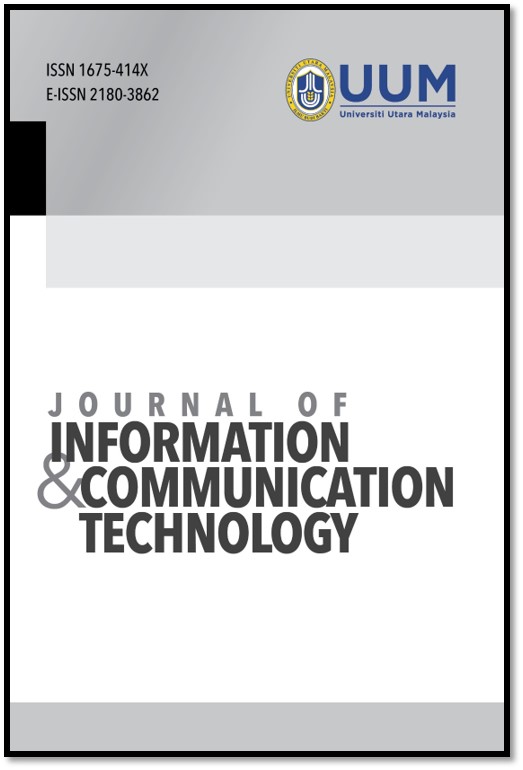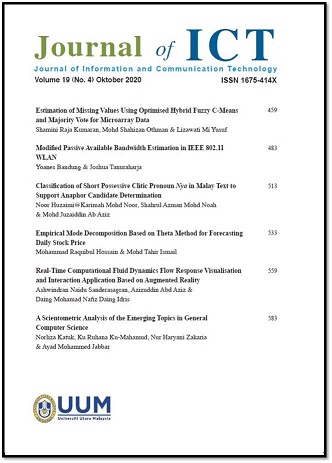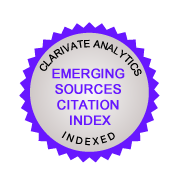Dengue Outbreak Detection Model Using Artificial Immune System: A Malaysian Case Study
DOI:
https://doi.org/10.32890/jict2023.22.3.4Abstract
Dengue is a virus that is spreading quickly and poses a severe threat in Malaysia. It is essential to have an accurate early detection system
that can trigger prompt response, reducing deaths and morbidity. Nevertheless, uncertainties in the dengue outbreak dataset reduce
the robustness of existing detection models, which require a training phase and thus fail to detect previously unseen outbreak patterns.
Consequently, the model fails to detect newly discovered outbreak patterns. This outcome leads to inaccurate decision-making and delays
in implementing prevention plans. Anomaly detection and other detection-based problems have already been widely implemented with
some success using danger theory (DT), a variation of the artificial immune system and a nature-inspired computer technique. Therefore,
this study employed DT to develop a novel outbreak detection model. A Malaysian dengue profile dataset was used for the experiment.
The results revealed that the proposed DT model performed better than existing methods and significantly improved dengue outbreak
detection. The findings demonstrated that the inclusion of a DT detection mechanism enhanced the dengue outbreak detection
model’s accuracy. Even without a training phase, the proposed model consistently demonstrated high sensitivity, high specificity,
high accuracy, and lower false alarm rate for distinguishing between outbreak and non-outbreak instances.
Additional Files
Published
Issue
Section
License
Copyright (c) 2023 Journal of Information and Communication Technology

This work is licensed under a Creative Commons Attribution 4.0 International License.

 2002 - 2020
2002 - 2020

























